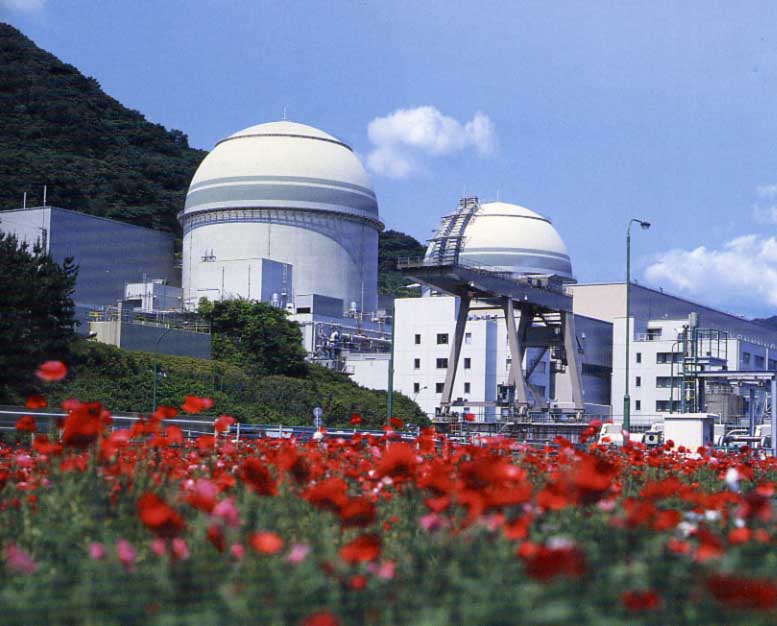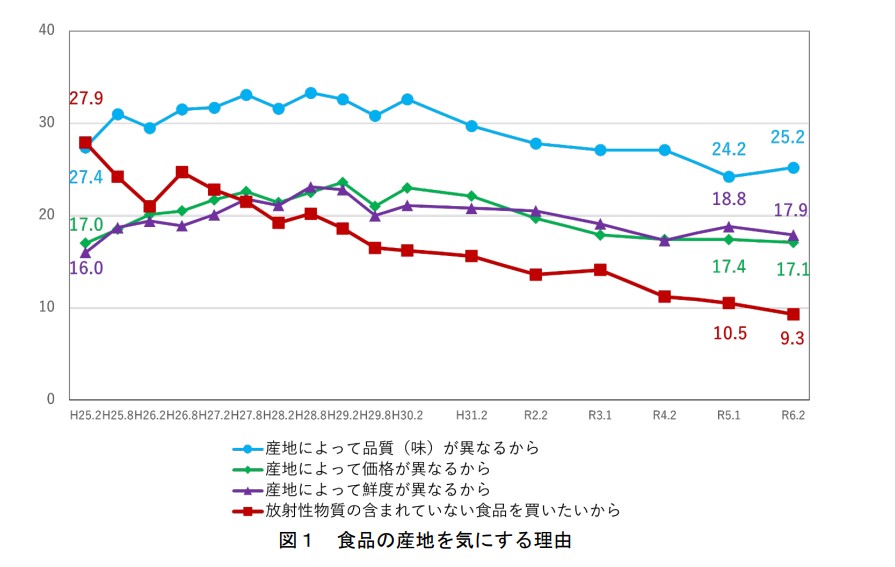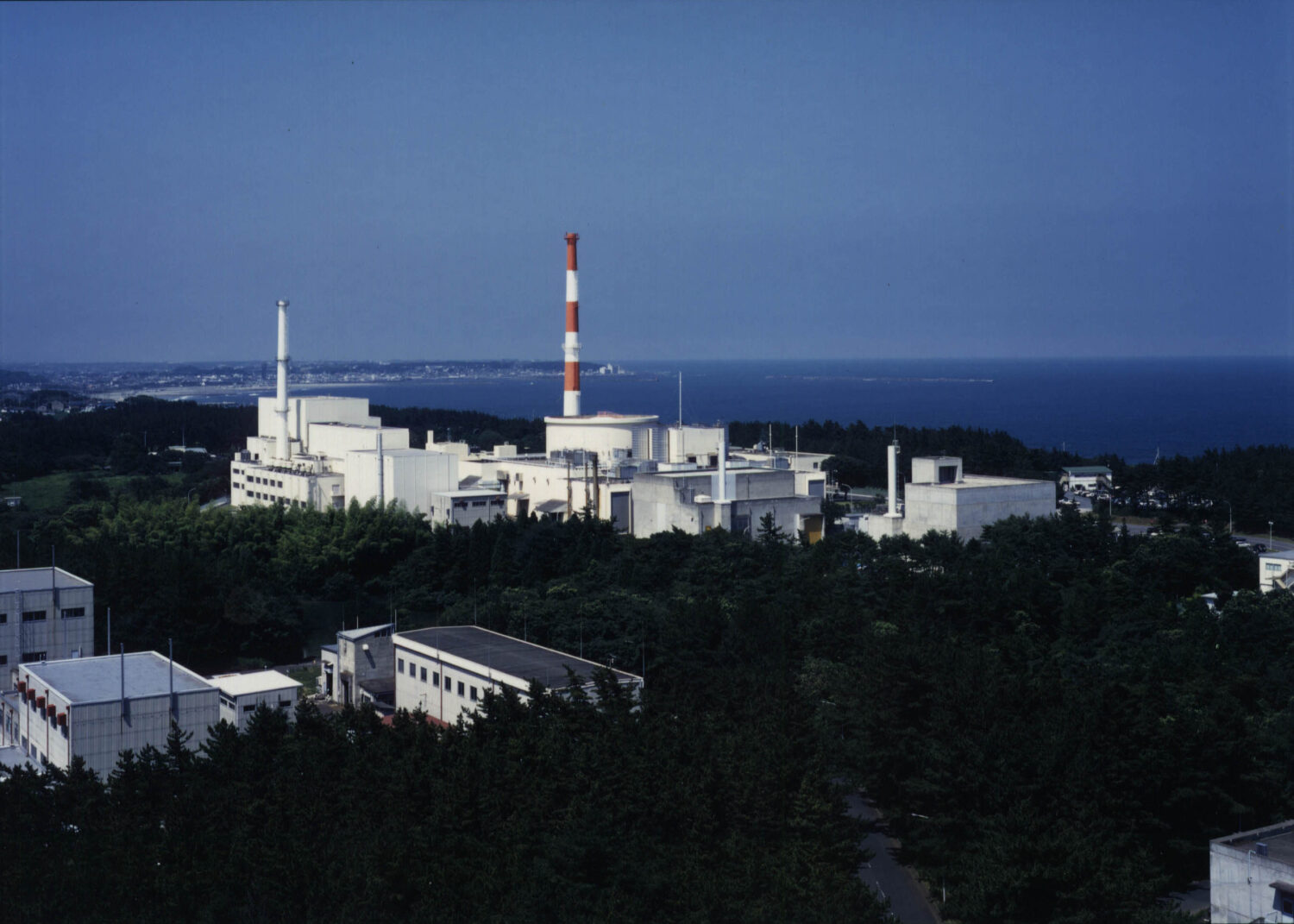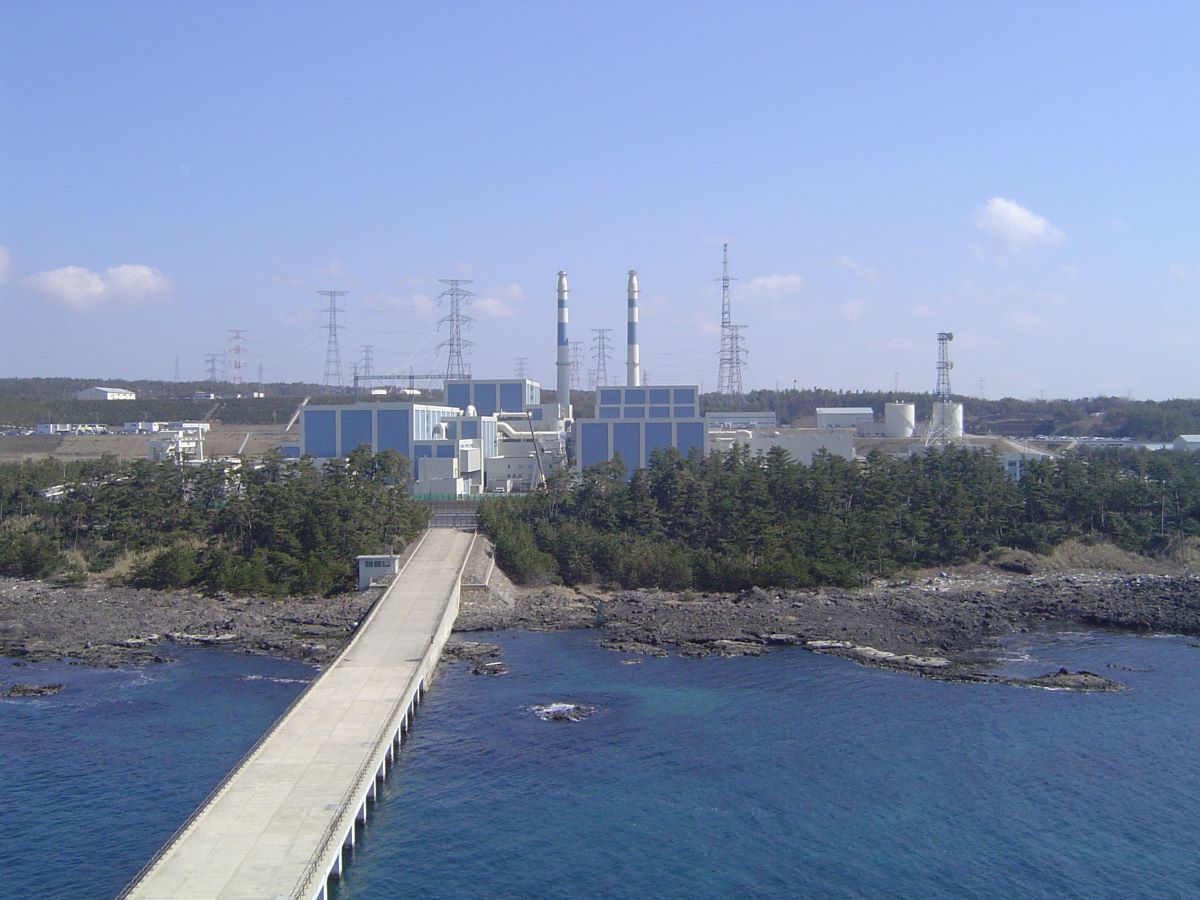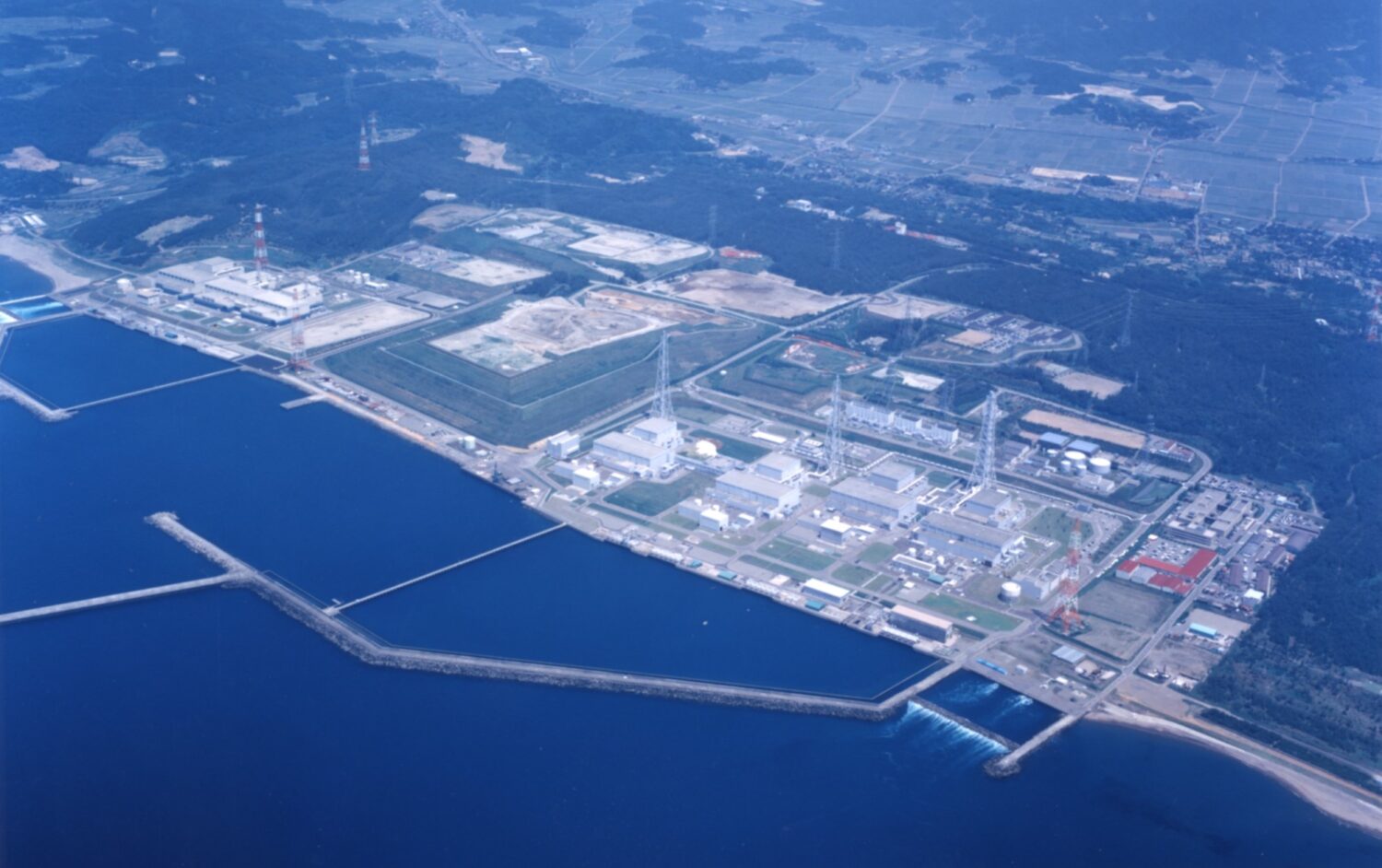The joint investigation was primarily conducted through offshore ultrasonic surveys, covering a total area of 828 square km, with linear surveys taken along some 399km. The four companies concluded that no seismic activity had taken place along the fault in the last 250,000 years.
An examination in 2010 by the organization previously known as Nuclear Safety Commission (NSC), made after the national government revised the regulatory guide for reviewing the aseismic design of nuclear power reactor facilities, confirmed JNFL’s determination that the fault was “not active.”
Later, in November 2012, when the Nuclear Regulation Authority (NRA) began investigating a fault zone of crushed rock, three of the companies (JNFL, Tohoku Electric Power and the RFS) launched a joint investigation to understand the deep underground geological structure associated with the fault at the edge of the continental shelf, in order to expand the database and give better explanations on safety. They were joined by TEPCO in 2013.
In December 2013, the four companies said that they had confirmed that the fault could not be active in the future, based on the results of offshore ultrasonic surveys, ocean-bed topographical surveys and bottom-sampling surveys.
Later, they conducted a marine boring investigation using Chikyu, the first ocean-drilling vessel, to enhance the geological database. Integrated surveys also took place, both onshore and offshore. The companies rendered their final evaluation based on those results.
Under the new regulatory standards, “active faults” are defined as those for which activity since the Late Pleistocene (around 120,000 to 130,000 years ago) cannot be ruled out.



-1.png)








.jpg)


